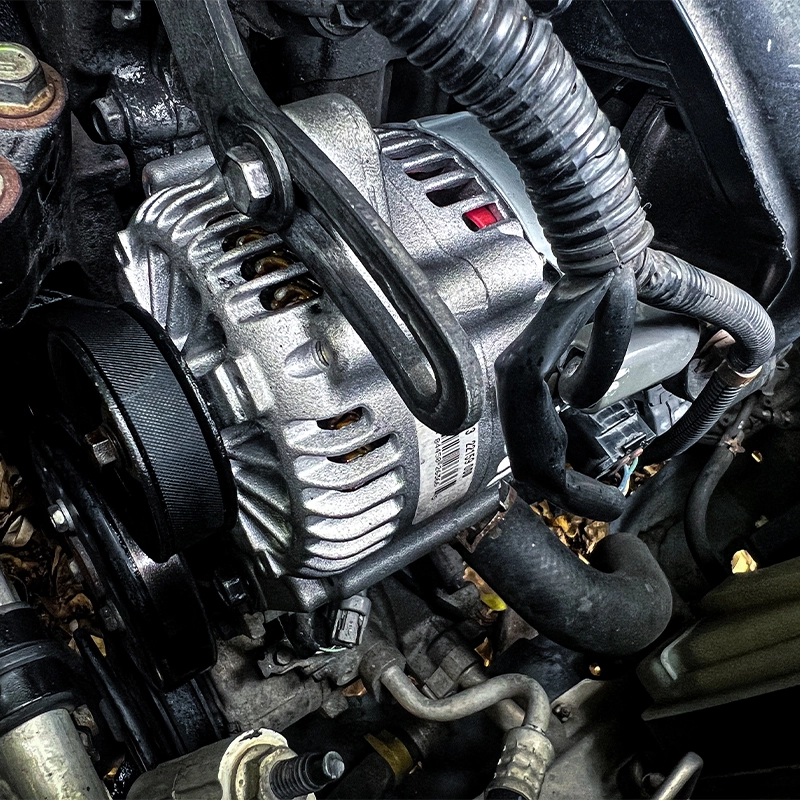Mobile:+86-311-808-126-83
Email:info@ydcastings.com
Innovative Solutions for Casting Ball Valve Design and Application Efficiency
Understanding the Casting Ball Valve A Comprehensive Overview
Ball valves play a critical role in various industries, providing reliable flow control in piping systems. Among the different types of ball valves, casting ball valves stand out for their durability and efficiency, making them a preferred choice for many applications. This article will explore the casting ball valve's design, applications, advantages, and maintenance practices.
Design and Structure
A casting ball valve features a hollow, perforated sphere—known as the ball—mounted in a valve body. The ball can be pivoted to open or close the flow passage, allowing for quick and efficient control over the fluid flow. Typically constructed from high-quality materials like stainless steel, bronze, or cast iron, these valves are designed to withstand high pressures and extreme temperatures. The casting process itself contributes to their robust nature, allowing for precise manufacturing and consistent quality.
The design of casting ball valves can vary, but they generally consist of five primary parts the valve body, ball, stem, seats, and seals. The valve body houses the ball and provides structural integrity, while the seats provide a sealing surface that prevents leakage when the valve is closed. The stem connects the ball to the external handle or actuator, allowing for manual or automated control of the valve operation. High-quality seals are essential for preventing fluid leakage and ensuring long service life.
Applications
Casting ball valves are widely used across various industries, including oil and gas, water and wastewater treatment, chemical processing, food and beverage, and power generation. Their ability to handle high flow rates and pressures makes them ideal for applications where fluid control is critical.
In the oil and gas sector, for example, casting ball valves are employed in pipelines to control the flow of crude oil and natural gas. Their quick-open and close capabilities are essential in emergency situations where immediate response is required. In water treatment facilities, they regulate the flow of water through different stages of processing, ensuring efficient and effective treatment.
In the food and beverage industry, casting ball valves are often made from sanitary materials to comply with health and safety regulations
. They provide a smooth interior surface that minimizes the risk of contamination, while also being easy to clean.casting ball valve

Advantages
Casting ball valves offer several advantages, making them a popular choice among engineers and operators. One of the key benefits is their durability. The casting process enhances the strength of the valve body, enabling it to withstand harsh conditions and extend its operational lifespan. Additionally, casting ball valves are designed for minimal pressure drop, which means they can maintain flow efficiency even under varying conditions.
Another significant advantage is their ease of operation. Their design allows for quick opening and closing, which can be crucial in situations requiring rapid response. This feature is particularly valuable in industries where safety is paramount, as it enables operators to shut off flow rapidly in case of emergencies.
Furthermore, casting ball valves typically require minimal maintenance. Their simple design results in fewer moving parts, reducing the likelihood of wear and tear. Regular inspections and occasional lubrication of the stem and seals are generally sufficient to keep these valves functioning optimally.
Maintenance Practices
Although casting ball valves require minimal maintenance, it's essential to implement routine checks to ensure optimal performance. Operators should regularly inspect the valve for any signs of wear or leakage. The stem and seals should also be lubricated periodically to maintain smooth operation. If a valve exhibits any signs of failure or loss of sealing effectiveness, it may be necessary to replace seats or seals to restore function.
Furthermore, operators should be aware of the operating conditions—such as pressure and temperature—to prevent exceeding the valve’s rated capacity, thus ensuring longevity and reliability.
Conclusion
Casting ball valves are integral components in numerous industrial applications, offering strength, efficiency, and ease of use. Their design and construction enable them to withstand harsh operating conditions while providing reliable control over fluid flow. By understanding their benefits and adhering to proper maintenance practices, facilities can maximize the performance and lifespan of these essential components. In an ever-evolving industrial landscape, the casting ball valve remains a steadfast choice for operators prioritizing reliability and efficiency.
-
Understanding Metal Casting TechniquesNewsApr.02,2025
-
Understanding Exhaust Manifolds for Enhanced Engine PerformanceNewsApr.02,2025
-
The World of Metal FabricationNewsApr.02,2025
-
Key Components for Pump and Turbo EfficiencyNewsApr.02,2025
-
Essential Tools for Automotive Maintenance and RepairNewsApr.02,2025
-
Durable Valve Components for Effective Water ManagementNewsApr.02,2025











